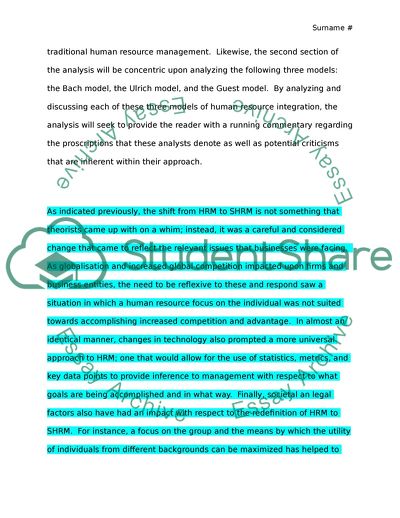Cite this document
(Human Resource in context Essay Example | Topics and Well Written Essays - 2000 words, n.d.)
Human Resource in context Essay Example | Topics and Well Written Essays - 2000 words. https://studentshare.org/human-resources/1833341-human-resource-in-context
Human Resource in context Essay Example | Topics and Well Written Essays - 2000 words. https://studentshare.org/human-resources/1833341-human-resource-in-context
(Human Resource in Context Essay Example | Topics and Well Written Essays - 2000 Words)
Human Resource in Context Essay Example | Topics and Well Written Essays - 2000 Words. https://studentshare.org/human-resources/1833341-human-resource-in-context.
Human Resource in Context Essay Example | Topics and Well Written Essays - 2000 Words. https://studentshare.org/human-resources/1833341-human-resource-in-context.
“Human Resource in Context Essay Example | Topics and Well Written Essays - 2000 Words”. https://studentshare.org/human-resources/1833341-human-resource-in-context.


